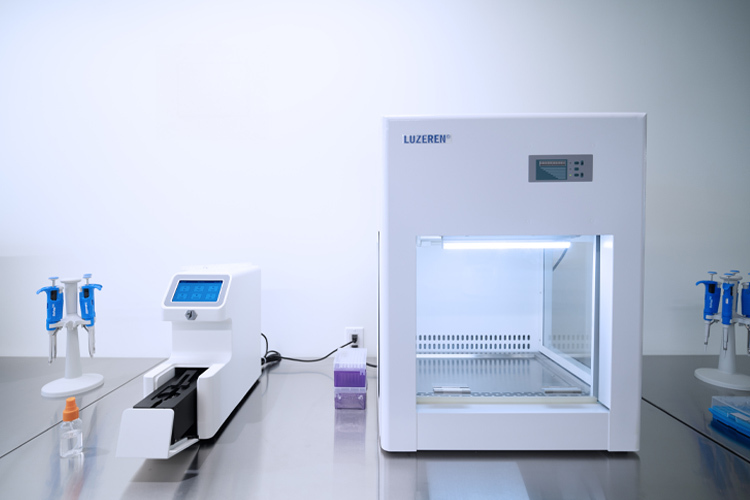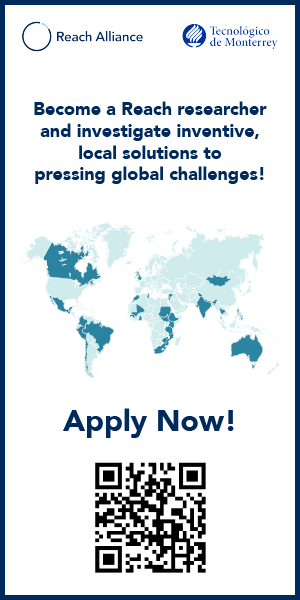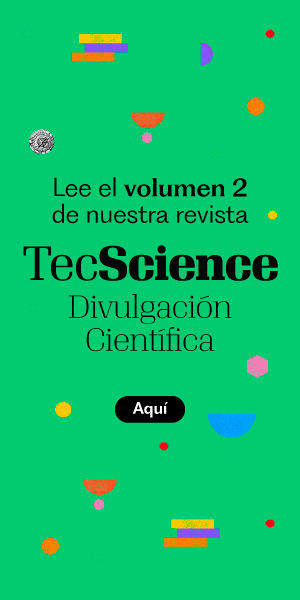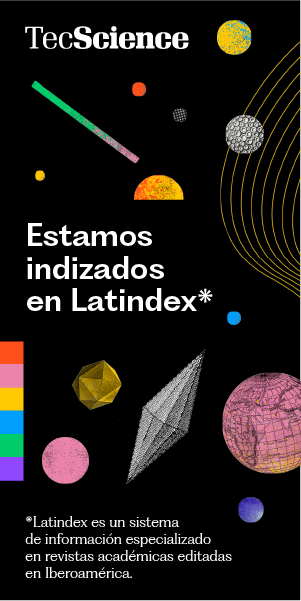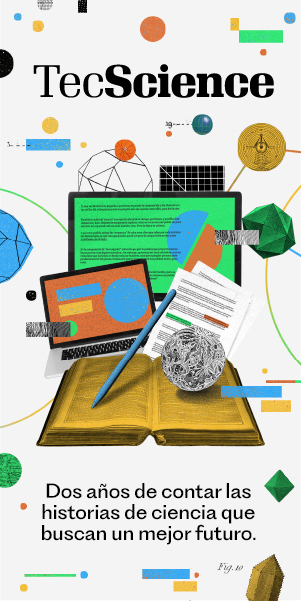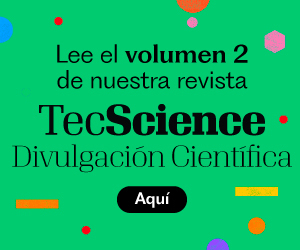Sepsis is the body’s extreme inflammatory response to an infection and is one of the leading causes of hospital deaths. It can begin with an infected surgical wound or viruses, bacteria, or fungi in organs such as the lungs, intestines, urinary tract, or skin. For this reason, identifying it early can be the difference between life and death.
At the Tlalpan Innovation District (DIT) of Tecnológico de Monterrey, an artificial intelligence (AI)-powered genomic platform represents a major breakthrough in the detection of severe infections. Developed within the Genomic and Clinical Innovation Unit, it can accurately identify the pathogens responsible for an infection within hours—accelerating diagnoses that previously took several days.
Genomic Technology Applied to Health
Located on Tecnológico de Monterrey, Mexico City campus, this unit is part of the DIT ecosystem and equipped with the Translational Institute of Genomic Singularity (Itrasig) infrastructure.
“It is a strategic space that drives the development and application of cutting-edge technologies with a focus on precision medicine,” explains Benito Sotelo, director of the DIT.
With the capacity to process up to 14,000 genetic tests daily, the unit aims to create a national platform for genetic analysis. Its goal is to detect outbreaks of viruses, bacteria, and fungi at early stages.
Among its projects is a portable platform to measure the viral load of people living with HIV directly at the point of clinical care. This strengthens technological autonomy in critical diagnostics and expands access to advanced testing in local contexts.
“We want to connect researchers, public and private institutions to develop solutions that transform the future of health,” adds Sotelo.
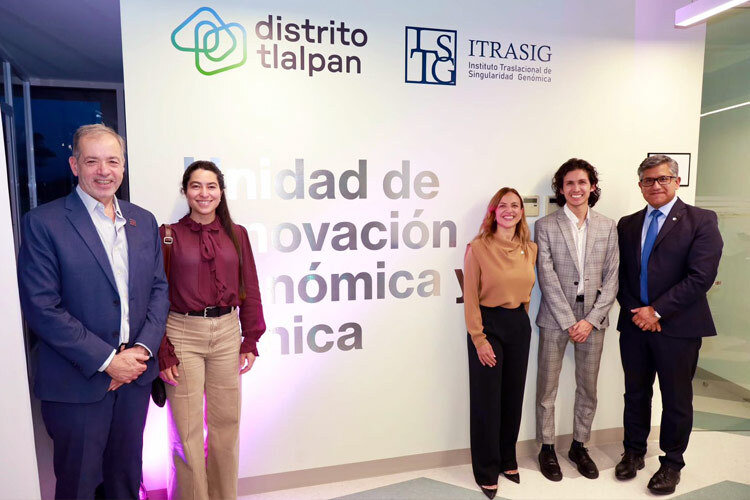
A District with a Focus on Health and Education
During the inauguration of the Genomic and Clinical Innovation Unit, Manola Zabalza, head of the Mexico City Secretariat of Economic Development (Sedeco), emphasized that this project strengthens the city’s commitment to building an ecosystem that links science, industry, government, and local talent to tackle future challenges.
“Mexico City has everything it needs to be the epicenter of biomedical innovation: talent, infrastructure, industrial policy, and institutional will. This unit demonstrates how alliances can accelerate technology transfer in strategic sectors such as health,” says Zabalza.
Sotelo adds that the DIT has a strong focus on education and health, thanks to the concentration of universities such as Universidad Autónoma Metropolitana (UAM), Universidad Nacional Autónoma de México (UNAM), Instituto Politécnico Nacional (IPN), and Tecnológico de Monterrey, along with the eight leading national health institutes in Latin America. This concentration turns the south of the city into a living laboratory of innovation.
To strengthen this ecosystem, the DIT promotes the program “Alliances that Transform,” which connects national and international stakeholders—including the Mexico City Government, Sedeco, Cofepris, IMPI, and pharmaceutical companies such as NeoPharma, Merck, and Sartorius.
Local Impact with a Global Vision
Since its formal establishment in 2022, the DIT has moved from planning to action. Through its three strategic pillars—Innovation and Entrepreneurship, Communities and Culture, and Urbanism and Sustainability—it promotes projects that strengthen both research and quality of life in Tlalpan and its surrounding areas.
Among these initiatives are Mercadito Sur, which connects producers from Tlalpan, Milpa Alta, and Xochimilco with new consumers, and Tejiendo Comunidades (Weaving Communities), where Tec students, neighbors, and local organizations revitalize public spaces and foster collective learning.
Another flagship project is the Camellón Escuela, a 2.5-kilometer corridor between México-Xochimilco and Acoxpa, now featuring bike lanes, green areas, and safe lighting—returning public space to pedestrians and cyclists.
The Power of a Connected Ecosystem
Innovation districts are territories where knowledge, talent, and collaboration between universities, governments, companies, and society drive sustainable development. They also foster a knowledge-based economy.
The Tlalpan Innovation District, covering 567 hectares, with more than 35,000 residents and a floating population of 76,000 people per day, offers a new way to envision urban growth through science. Along with the Monterrey Innovation District—the first launched by Tecnológico de Monterrey—it is part of a network of spaces that connect research, entrepreneurship, and social well-being.
As a member of the Global Institute on Innovation Districts (GIID), Tec also promotes this model in Monterrey, consolidating an international network of 45 districts across 15 countries dedicated to fostering innovation and technological development in urban environments.
According to Benito Sotelo, director of the DIT, the Tlalpan project was declared in 2019 to develop the city and attract investment and talent to transform the urban environment. Although the pandemic halted progress, the initiative was formally resumed in 2022.
“In these three years, we have consolidated our three lines and paths of collaboration: Innovation and Entrepreneurship; Urbanism and Sustainability; and Communities and Culture. Each allows us to define thematic agendas and specific projects,” explains Sotelo.
Currently, the Tlalpan Innovation District encompasses a 567-hectare area, with over 35,000 inhabitants, a floating population of 76,000 people daily, eight national health institutes, and 9,894 economic units that drive the social, scientific, and productive activity of the region.
